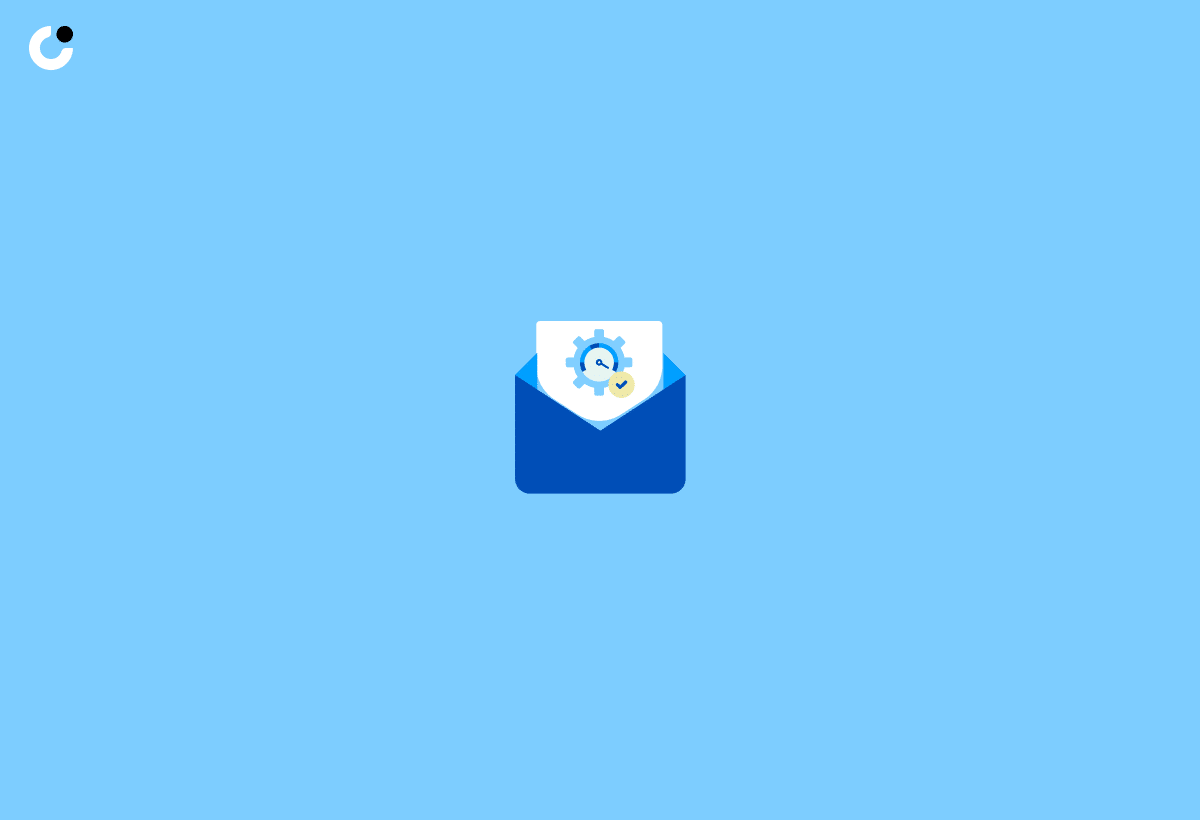Are you struggling to get responses from your cold emails? The length of your email might be the culprit. In the world of cold emailing, the optimal length can make a significant difference in your response rates. In this blog post, we’ll discuss “how long should a cold email be”, along with ideal subject lines, structure, and personalization strategies that can help you maximize your campaign’s impact.
Key Takeaways
- The ideal cold email length should be between 50-125 words or 20 lines of text for higher response rates.
- Crafting an engaging subject line and personalized opening line that appeals to the recipient’s needs is essential for successful cold emails.
- Analyzing data can help determine the ideal email length, allowing businesses to refine their strategy and increase chances of success.
Decoding the Ideal Cold Email Length
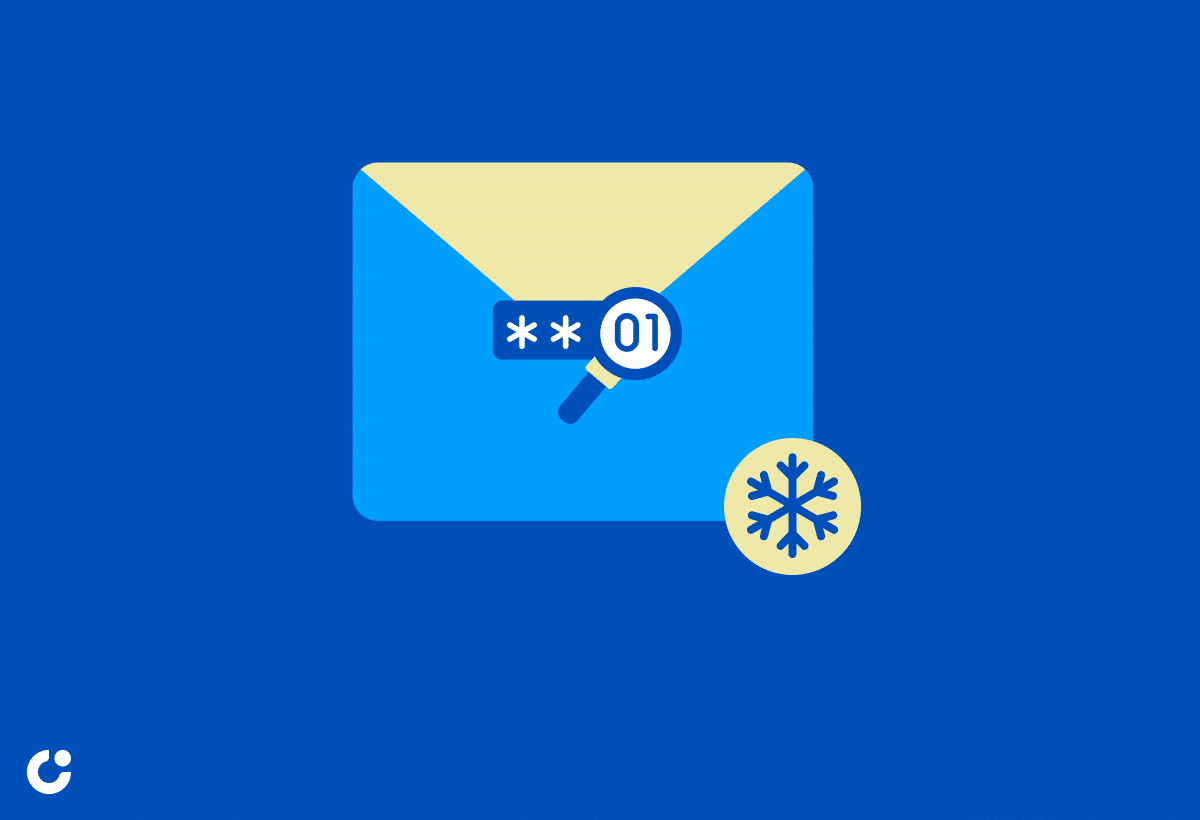
When wondering how long should a cold email be, keep in mind that the ideal cold email length is between 50-125 words or 20 lines of text, as research suggests that emails in this range have 5-15% higher reply rates than those with longer or shorter word counts. This principle applies regardless of the recipient’s familiarity with your organization, making it easier to write cold emails effectively. Adhering to this guideline can enhance the success rate of your cold email campaign.
Striking a balance between brevity and substance in cold email length is key to maximize response rates. Keeping your message concise demonstrates respect for the recipient’s time and attention, while still effectively addressing their needs or concerns.
The Science Behind Short Messages

Short messages in sales emails, like cold emails, are more likely to be read and responded to, given their respect for the recipient’s time and attention. Keeping your email concise allows the recipient to scan your message quickly and focus on the most important key points.
However, there are situations when a longer email may be more effective. In such cases, consider using a concise message to direct prospects to further information about you, such as a link to a page with additional details. This approach can maintain the recipient’s attention while providing the necessary context.
Balancing Brevity with Substance

Striking a balance between brevity and rich content in cold emails helps convey value effectively and address the recipient’s concerns or requirements. The key is to focus on the recipient’s needs or pain points and provide relevant details that address their concerns.
When crafting a cold email pitch, make sure it provides value and speaks to the recipient’s requirements or pain points. By customizing the conclusion of your email, you can establish a genuine relationship with the recipient and affirm the personalized approach taken across the email.
Crafting the Perfect Cold Email Subject Line
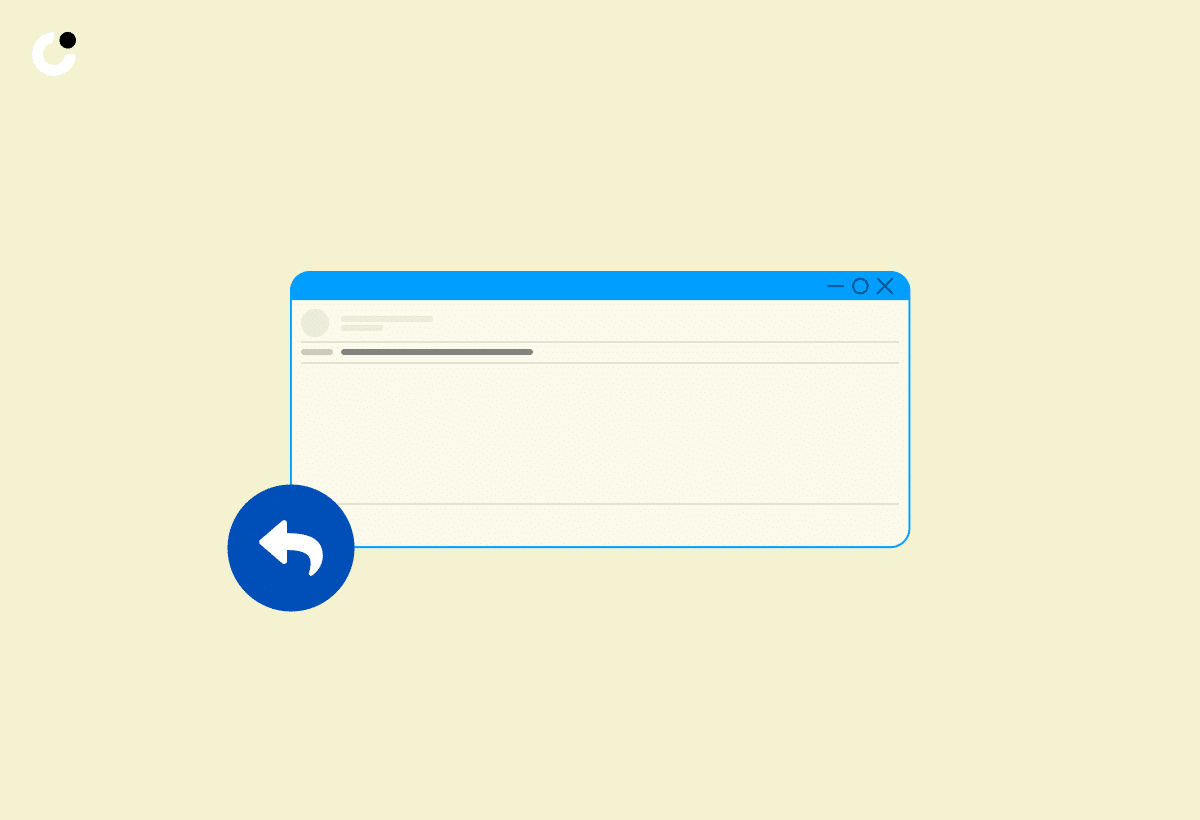
The subject line of a cold email is pivotal, shaping the recipient’s first impression of the sender and influencing the likelihood of the email being opened. Research suggests that cold email subject lines with 3 to 4 lines or no more than ten words are most effective. To gain insight into subject lines with high open rates, you can consult the complete guide to cold email subject lines, which offers comprehensive data and numerous examples of subject lines with open rates of 80% or more.
A personalized, creative, and concise subject line can significantly increase engagement and response rates. By using the recipient’s name, recent activity, or pain points, you can create a subject line that resonates with them and sparks their interest in opening your email.
Personalization Strategies for Subject Lines
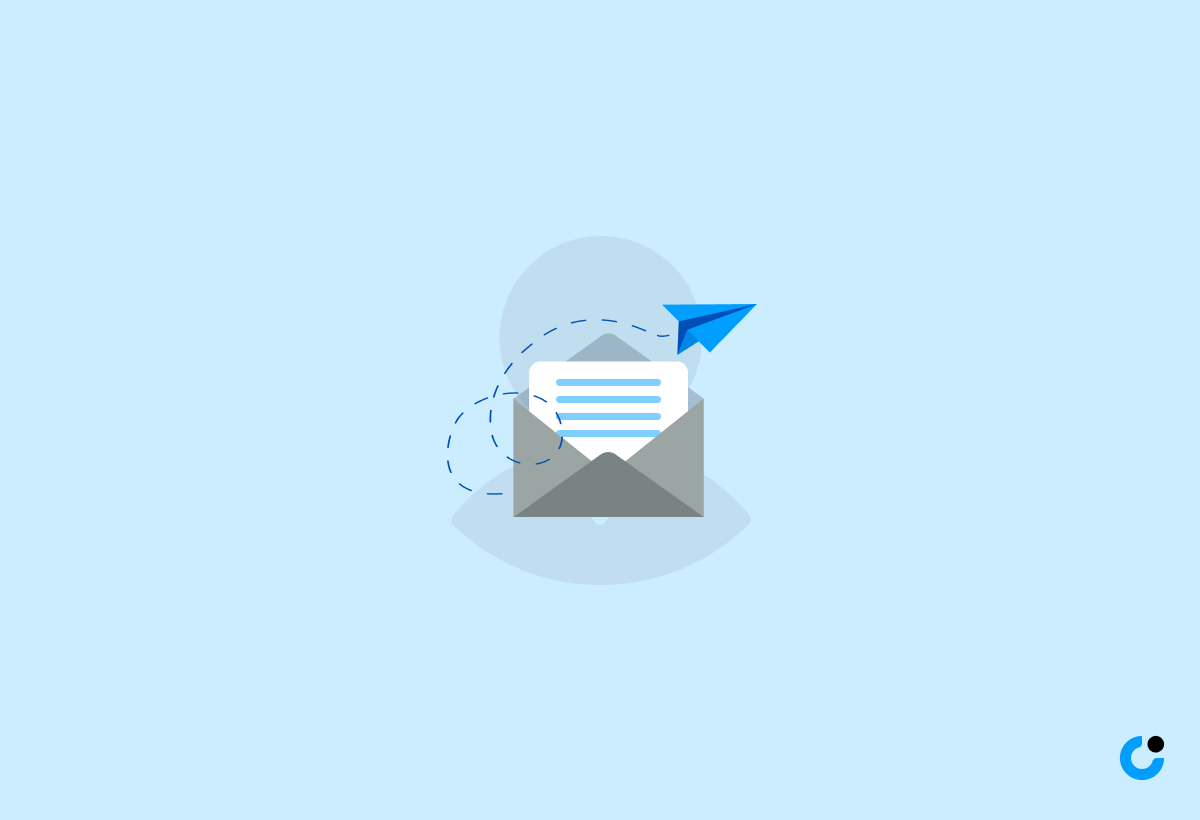
Personalized subject lines in cold emails capture the prospect’s attention, increasing the chances of your email being opened. Consider using the recipient’s name, the company name, or a phrase that conveys the notion that the sales email was crafted specifically for them. Subject lines that refer to a prospect’s need for improvement, change, or innovation have proven to be successful.
Personalization in subject lines goes beyond just using the recipient’s name. Referencing details pertinent to their interests or challenges can pique their interest, boosting the chances of your email being opened.
Testing and Refining Your Approach

A/B testing enables one to compare response rates and ascertain which subject lines are most effective with the intended audience. Tools like Woodpecker can automate the process of sending cold emails and cease further emails upon receiving a response, as well as facilitate A/B testing of subject lines and email copy.
Refining subject lines based on feedback and data analysis could significantly improve cold email campaigns. Optimizing them further can have a larger, more positive impact.
Here are some steps to follow for optimizing your subject lines:
- Test varied subject lines and track their performance data.
- Analyze the data to identify what resonates with your target audience.
- Refine your approach based on the performance data.
- Fine-tune your cold email strategy based on the insights gained.
By following these steps, you can improve the effectiveness of your cold email subject lines and increase your chances of success.
Structuring Your Cold Email for Maximum Effectiveness
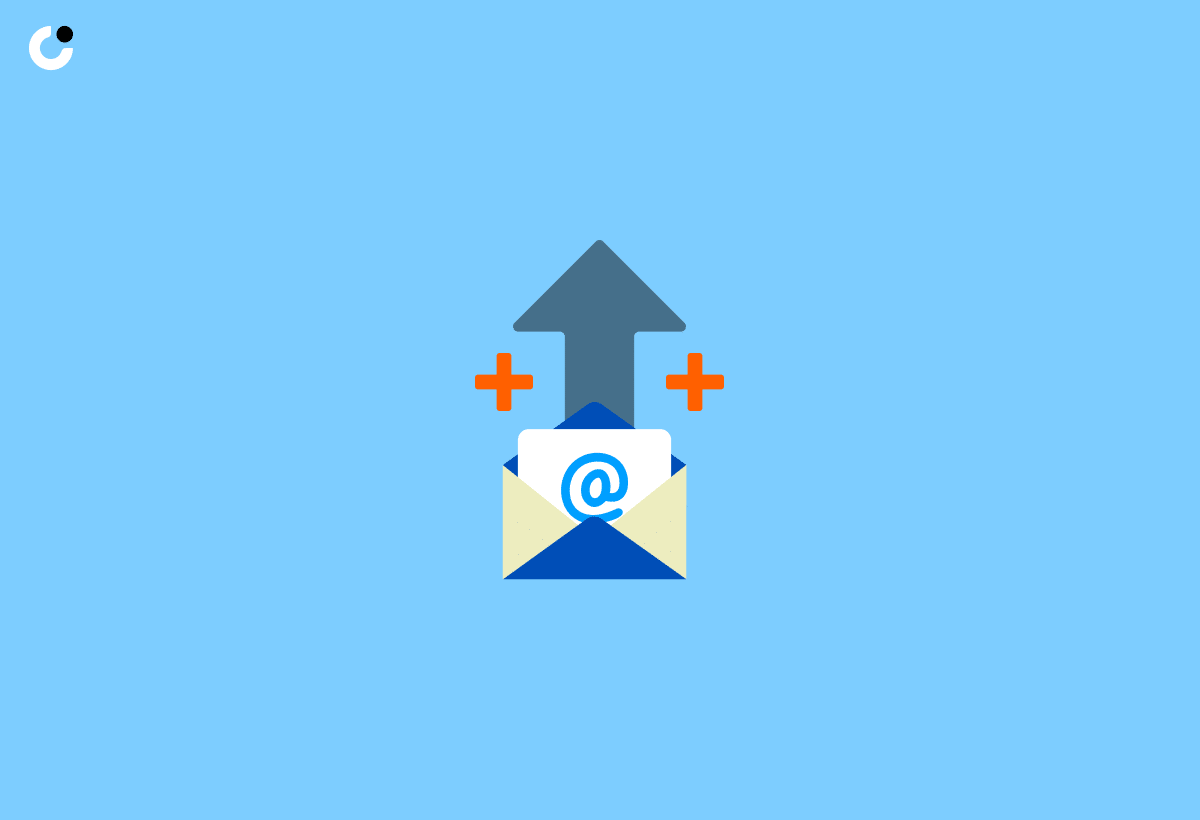
A successful cold email consists of a compelling opening line, a crisp value proposition, and a strong call to action. To improve readability, you can utilize bullet points or bold text to effectively emphasize pertinent information. When writing cold emails, avoid bombarding the recipient with lengthy explanations or irrelevant details to maintain their interest.
When incorporating humor or creativity into a cold email introduction, consider the professional context of the recipient and ensure the humor is compatible with their preferences. Crafting a captivating introduction encourages the recipient to continue reading and increases the chances of obtaining a positive response.
First Impressions: Opening Lines That Hook

An engaging, personalized opening line that centers on the reader’s needs is a key element of a successful cold email. You can do this by mentioning a common connection, recent event, or something specific about the recipient’s work. To grab attention and emphasize the value you can offer, start the email with a surprising statistic or industry insight.
Injecting a bit of humour or using a creative angle in the introduction of your email is an effective way to grab attention. This will make you stand out in a prospect’s inbox. However, always consider the professional context of the recipient and ensure the humor is compatible with their preferences.
Delivering Your Value Proposition

A cold email should:
- Clearly present your product or service benefits
- Address the recipient’s challenges
- Focus on the recipient’s needs
- Offer a solution to their problems
- Effectively communicate your value proposition.
Reiterating the value proposition in the call to action provides a reminder of the advantages the recipient can gain from your offer and encourages them to take action and respond to the email. This approach ensures your message is concise and effectively addresses the recipient’s needs.
Calls to Action That Drive Engagement

In cold emailing, it’s important to craft a clear, actionable call to action that encourages immediate response. Creating a non-intrusive call to action, like a discovery call or software demonstration, clearly communicates the next steps for the prospect.
An engaging call to action should:
- Encourage the recipient to take further action
- Increase the probability of conversion and additional meetings
- Focus on the recipient’s needs
- Offer a solution to their problems
- Effectively communicate your value proposition
- Encourage action
Prompting Immediate Responses

Prompting a swift reply or straightforward action is a key success factor in cold emailing. The language and tone employed in cold emails can have a significant impact on immediate responses. Choosing a tone and language that resonate with the recipient, coupled with a personalized subject line and professional demeanor, can boost the chances of eliciting a timely response.
Content that is effective in inducing an immediate response in a cold email includes:
- Utilizing humor
- Creating a sense of urgency
- Providing a clear call-to-action
- Making the email engaging and enjoyable
By implementing these strategies, you can significantly improve the response rate of your cold emails.
Follow-Up Emails: When More Words May Be Warranted
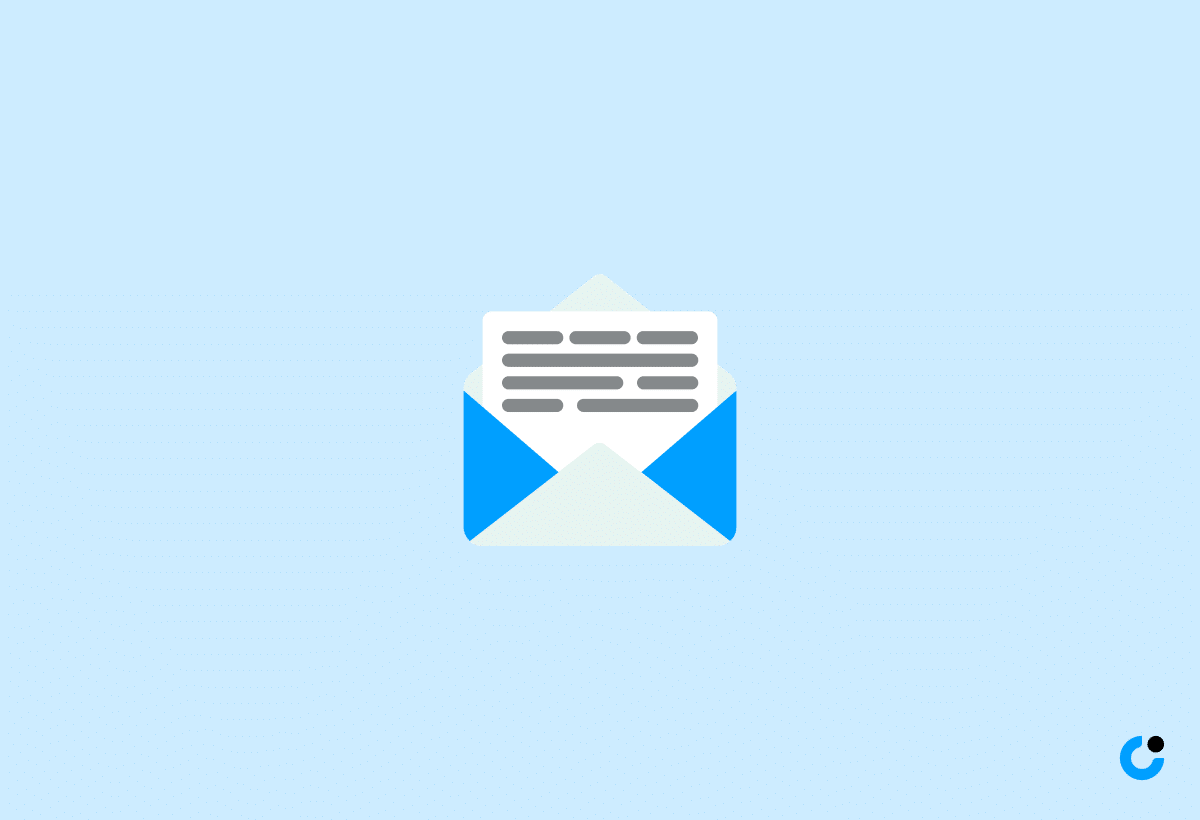
Lengthier follow-up emails are acceptable if they offer added value and are sent at appropriate times. Research has found that follow-up emails can potentially boost reply rates by as much as 22%. Tailoring follow-up emails based on past interactions helps address any potential concerns or queries effectively.
Strategically combining persistence and personalization in follow-up emails is an effective way to enhance response rates and conversions. By analyzing the timing and frequency of your follow-ups, you can maintain engagement and increase the likelihood of receiving a response.
Timing and Frequency of Follow Ups
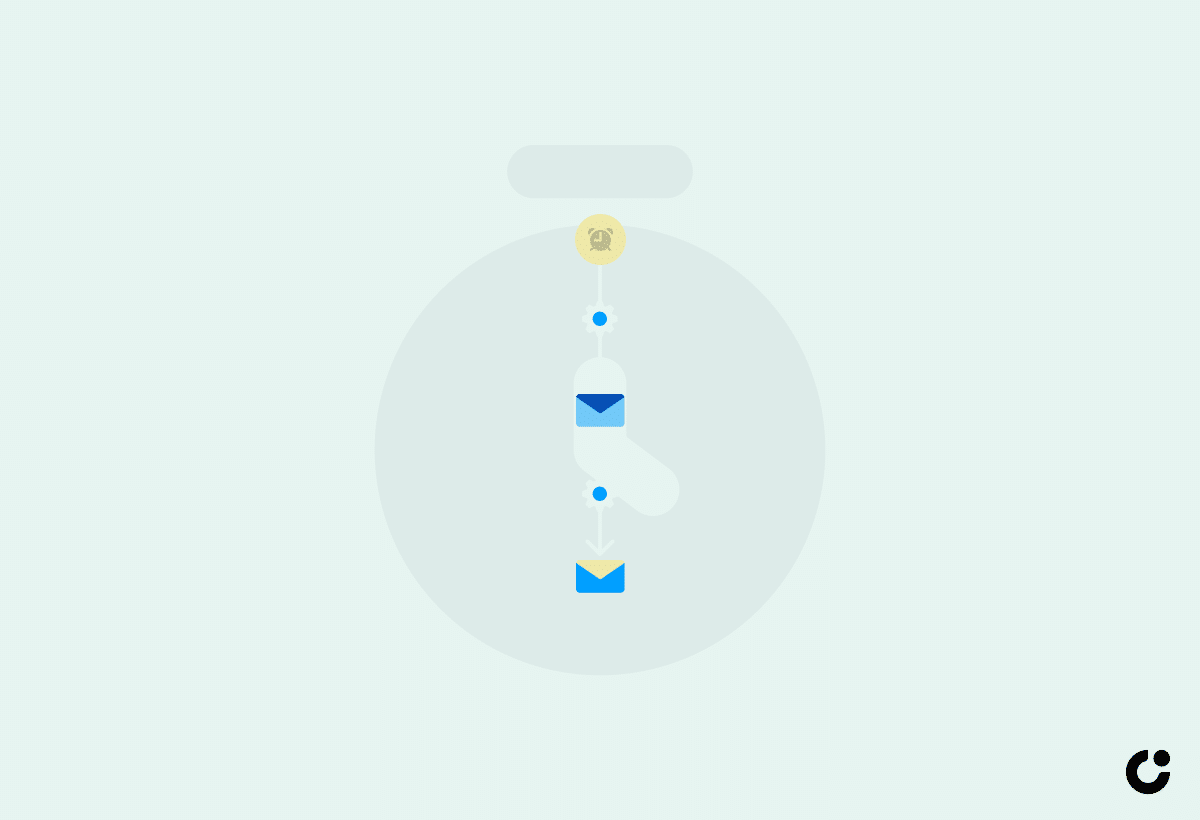
The timing and frequency of follow-ups in cold emailing significantly influence response rates. Generally, sending only one email without any follow-ups results in a 16% reply rate on average. However, users who send at least one follow-up email can observe higher response rates, with reply rates increasing from 49% to 220% after the first follow-up.
It is recommended to set up a follow-up email sequence or drip campaign to nurture relationships, build trust, and enhance response rates. Additionally, it is essential to select the appropriate timing for sending cold emails. Tuesday, Thursday, and Wednesday are considered the most suitable days to send cold emails, while Sundays are generally not recommended.
Leveraging Social Proof in Cold Email Campaigns

Incorporating social proof, such as testimonials, case studies, or success stories, can help establish credibility and trust in your cold email campaigns. Social proof is a technique used in cold emailing that serves to establish credibility and foster trust with prospects by incorporating testimonials, case studies, or success stories.
Mentioning mutual connections, showcasing professional credentials, using persuasive data, or featuring customer reviews can effectively incorporate social proof into your cold email campaigns. This approach can bolster credibility and encourage recipients to respond to your email.
The Role of Personalization in Cold Email Marketing

Personalization is key in cold email marketing. Tailoring your message to the recipient’s needs, interests, and challenges increases the chances of your email being opened and engaged with. Some ways to personalize your emails include:
- Using the recipient’s name in the subject line or greeting
- Referencing specific information or events relevant to the recipient
- Addressing the recipient’s pain points or challenges
- Offering personalized solutions or recommendations
Personalized subject lines can boost open rates by up to 100%, while incorporating multiple personalization touchpoints can lead to a 140% increase in response rates.
By focusing on the recipient’s needs and offering a solution to their problems, you effectively communicate your value proposition and encourage action. This approach ensures your message is concise and effectively addresses the recipient’s needs.
The Impact of Visual Elements on Cold Email Length
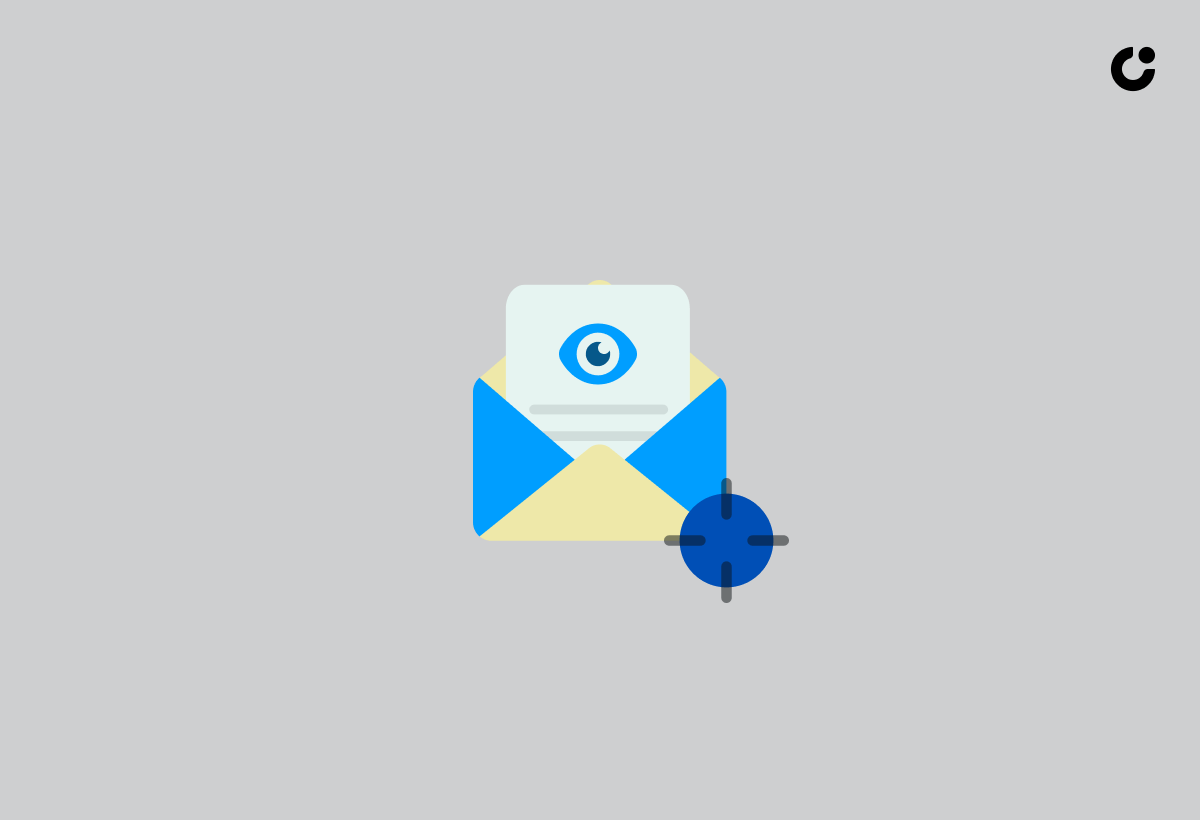
Incorporating visual elements like personalized images or infographics aids in conveying information, while maintaining email brevity. Images, videos, and dynamic images can help break up large blocks of text and capture the recipient’s attention.
By incorporating visual elements such as:
- Images or graphics to quickly convey information
- Bullet points or icons to focus on key points
- Infographics or charts to present data or statistics
- Color and formatting to emphasize important information
You can make your cold email more visually appealing and concise.
Designing an Email Signature That Complements Your Message
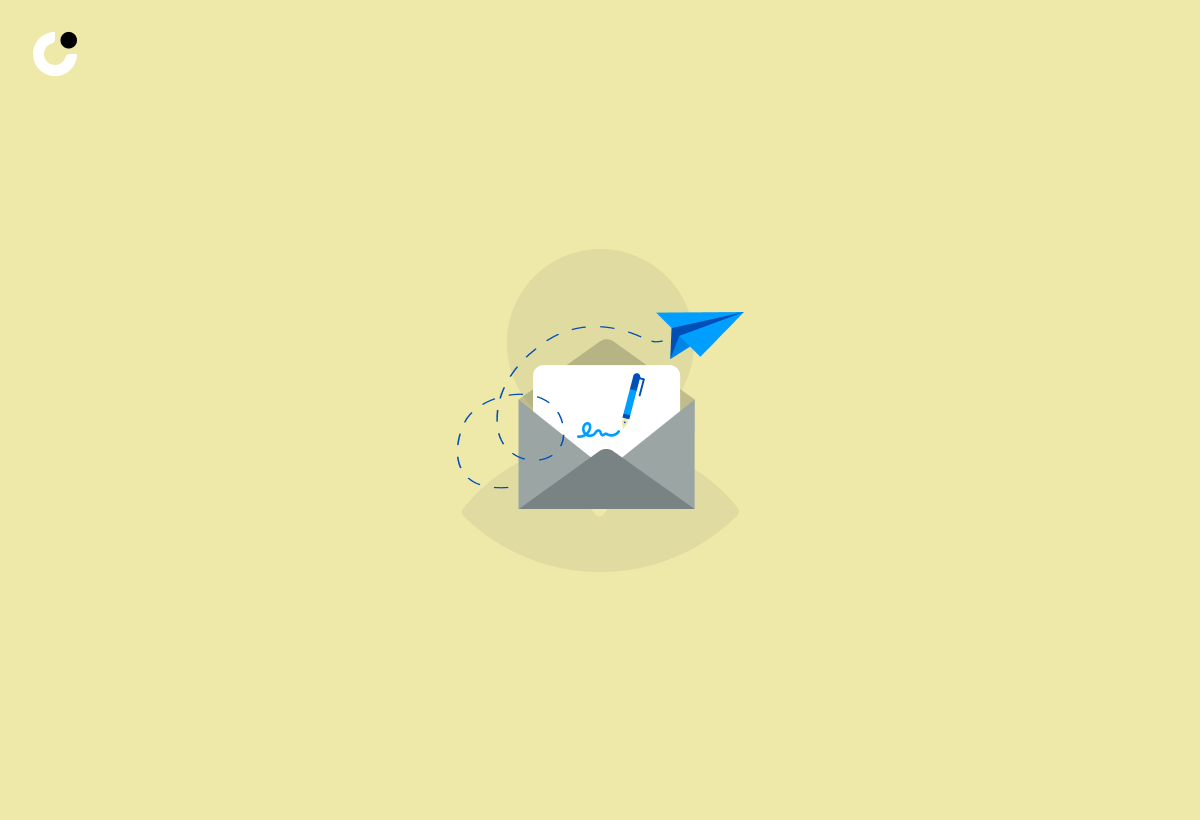
An email signature is vital as it offers the recipient an identity of the sender and additional resources about the sender or their company. To create a simple, professional email signature, include essential contact details, avoid using excessive formatting or GIFs, and focus on the essentials, such as:
- Your full name
- Job title
- Company name
- Contact information
- Social media icons
- A call-to-action
Following these guidelines helps craft an email signature that complements your message and provides pertinent information without overwhelming the recipient. This approach ensures your message is concise and effectively addresses the recipient’s needs.
Analyzing Data: What Response Rates Tell Us About Email Length

Analyzing response rates aids in determining the optimal email length for your target audience, allowing you to refine your strategy. Emails with 50-125 words tend to have the highest response rates, with rates above 50%.
Various data analysis tools can be employed to analyze response rates for cold emails, such as Lemlist and Cold email AI. By analyzing the data and adjusting your cold email strategy accordingly, you can increase the likelihood of receiving a response from your target audience.
Cold Email Strategies for Different Industries
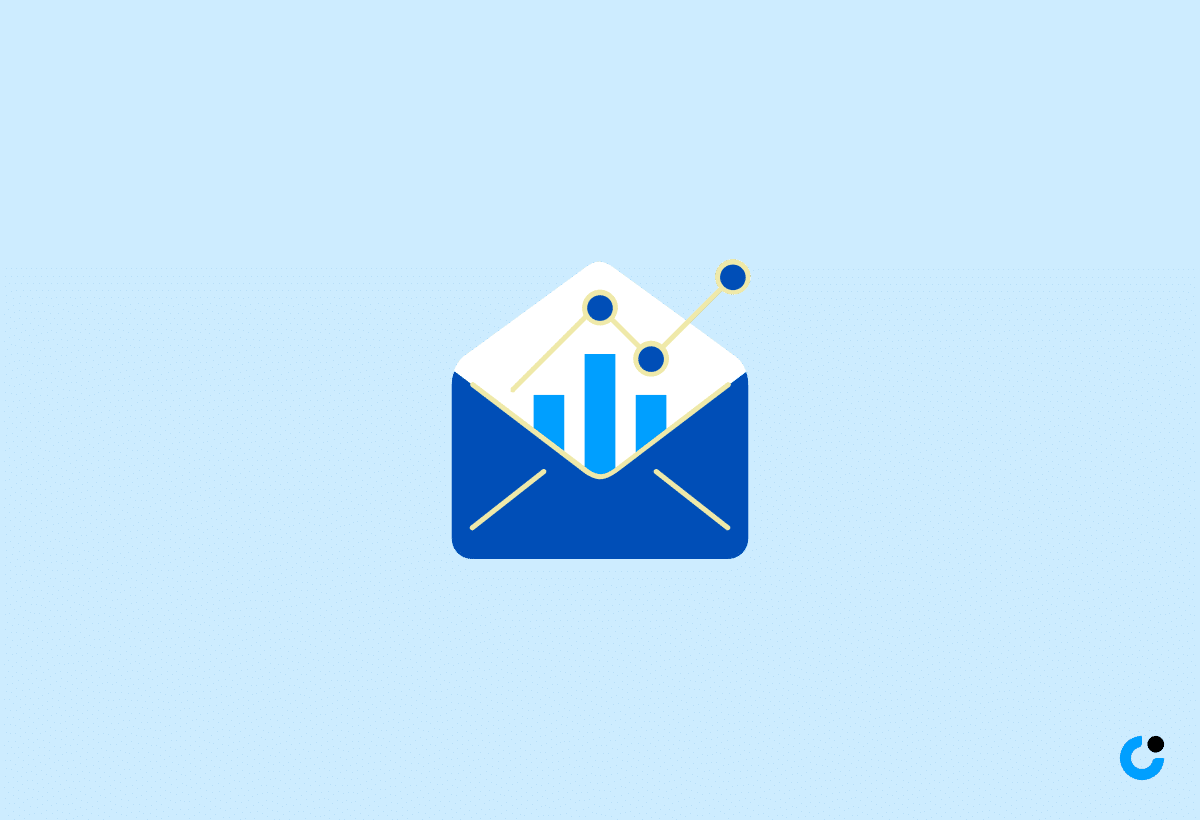
Tailoring your cold email strategies to accommodate different industries is key to optimizing your campaign’s impact. By considering factors such as audience preferences, industry norms, and specific pain points, you can tailor your cold email message to resonate with recipients in various industries.
For example, strategies that have been found to be effective for cold emailing in the tech industry include:
- Researching the recipient
- Keeping the message succinct and straightforward
- Customizing the message to the recipient
- Providing value
- Being open to feedback
By adapting your cold email strategies to suit specific industries, you increase the likelihood of receiving a response and achieving success in your cold email campaign.
Summary
In conclusion, the length of your cold email plays a crucial role in determining the success of your campaign. By keeping your message concise, crafting personalized subject lines, structuring your email effectively, and adapting your strategies to different industries, you can maximize the impact of your cold email campaign and increase response rates. By leveraging the tips and strategies discussed in this blog post, you’ll be well on your way to mastering the art of cold emailing.
Frequently Asked Questions
What is the ideal length for a cold email?
The ideal length for a cold email is between 50-125 words or 20 lines of text, written in a professional tone while making a connection with the reader and concluding with a clear statement in the first sentence.
How can I personalize the subject line of my cold email?
Personalize your cold email subject line by referencing the recipient's name, recent activity, or pain points. This will create a more authentic connection and make it clear to the reader what they can expect from your email.
How can I improve the response rate of my cold emails?
To improve response rates for cold emails, keep the message concise, personalize it to the recipient, and provide social proof to build trust.
How often should I send follow-up emails?
Send follow-up emails at strategic intervals to maintain engagement and increase response rates.
Can I use visual elements in my cold emails?
Yes, you can use visual elements like images or infographics in your cold emails to convey information while keeping it concise.

